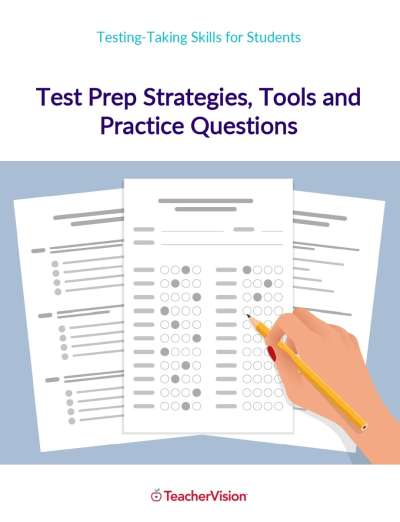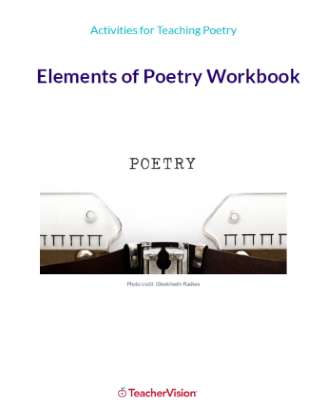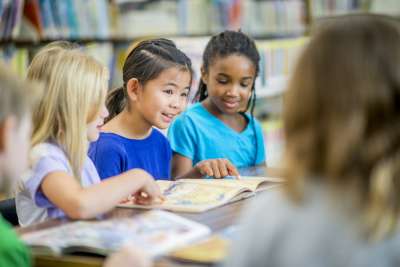Predicting actively engages students and connects them to what they read
Predicting involves thinking ahead while reading and anticipating information and events in the text. After making predictions, students can read through the text and refine, revise, and verify their predictions. This resource guides you through suggestions to help students learn how to be successful in their predictions.Predicting
What Is It?
Effective readers use pictures, titles, headings, and text—as well as personal experiences—to make predictions before they begin to read. Predicting involves thinking ahead while reading and anticipating information and events in the text. After making predictions, students can read through the text and refine, revise, and verify their predictions.
The strategy of making predictions actively engages students and connects them to the text by asking them what they think might occur in the story. Using the text, students refine, revise, and verify their thinking and predictions.
Why Is It Important?
Making predictions activates students' prior knowledge about the text and helps them make connections between new information and what they already know. By making predictions about the text before, during, and after reading, students use what they already know—as well as what they suppose might happen—to make connections to the text.
Snow (1998) has found that throughout the early grades, reading curricula should include explicit instruction on strategies used to comprehend text either read to the students or that students read themselves. These strategies include summarizing the main idea, predicting events or information to which the text is leading, drawing inferences, and monitoring for misunderstandings.
How Can You Make It Happen?
Teachers should begin modeling the strategy of making predictions regularly with young students, and they should continue using this strategy throughout elementary and middle school—until students have integrated the strategy into their independent reading.
Model how to make predictions for emergent readers. The "think-aloud" strategy, is particularly helpful.
-
Think aloud before reading a book to students, modeling the process of predicting before reading. "I found an interesting book at the library and by looking at the cover I am guessing or predicting the story will be about _____ and _______. When we use what we know to make a guess before we read it is called 'predicting.'"
-
Think aloud while reading a book to students, modeling the process of predicting while reading. "Hmmm my prediction that the story would be about ____ was right, but I did not think that ____ would happen. I'll make a new prediction that _____ will happen based on what we read."
Think aloud after reading, modeling the process of reflecting on predictions after reading. "My first prediction was _____. After reading part of the story I predicted _____. Now that I am finished reading I think my predictions were close/not close to what really happened because_____."
As students move toward independent integration of the strategy, teachers should provide opportunities for them to make, revise, and verify their own predictions before, during, and after reading. Here are some suggestions:
Pre-select and mark stopping points throughout a book. Use sticky notes to mark students' books if they are reading independently.
As a class or in groups, have students make and discuss predictions. Have them think aloud as they share their predictions.
Have students write or draw predictions in journals, learning logs, or on chart paper to refer to throughout the story.
At the pre-selected stopping points, have students refine, revise, and verify their predictions. Make changes to the journals or chart as needed.
At the end of the story, have students reflect on their predictions in relation to the entire story and ask them to draw a final sketch or write a learning log response about their predictions. Encourage students to think about why their prediction was correct or incorrect and what information they are using to make that decision.












